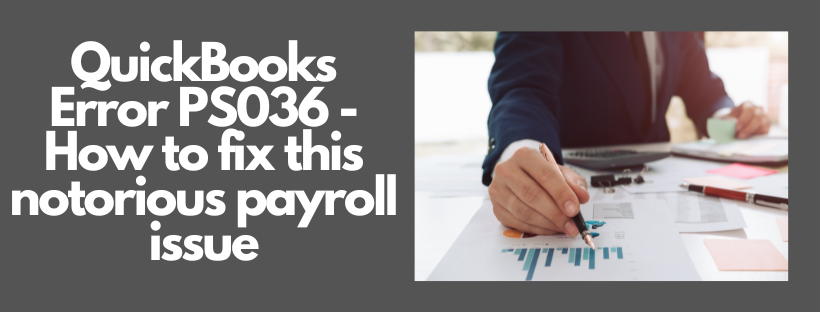Bank reconciliation is a necessary process to identify potential errors, fraud, or irregularities and allows the company to make appropriate adjustments to your cash account balance. Bank reconciliation provides an independent external record of a company’s cash flows.
Proper cash management is an essential practice for any business. To stay financially solvent and sound, a business must ensure that it always has enough cash on hand to meet its financial obligations. Another element of good cash management is seeing that empty money is invested for some kind of return. A company treasurer should regularly review the company’s cash flows and try to anticipate periods when the company may have excess cash on hand or when the company’s cash flows may become problematically low.
Most companies prepare a detailed cash budget that is regularly reviewed and updated. The cash budget establishes the projected cash inflows and outflows over a given period as part of the company’s cash management plan.
In addition to the cash budget, companies typically establish a series of cash control policies as part of cash flow management. Cash control policies ensure that access to company cash is limited to appropriate personnel, that cash reconciliation tasks are assigned to the appropriate parties, and that accounting standards are established. Some common cash control policies govern the handling of cash sales receipts, the handling of mail containing checks or bills, the handling of bank deposits, the recording of payments received, and controls related to disbursements in cash. cash.
Bank reconciliation adds an important element to a company’s cash control policies by verifying the company’s cash inflows and outflows against an external source of cash flow records. The accounting department appoints a person who is not regularly involved in handling cash receipts and cash disbursements to reconcile the company’s bank statements each month. This cash control policy deters fraud by providing independent verification by someone not involved in handling cash.
The bank reconciliation process compares the bank’s records to the company’s records and reconciles any differences. The initial step in bank reconciliation compares the cash account balance on the monthly statement with the cash balance shown on the company’s general ledger. The two balances frequently differ. Differences are typically the result of deposits recorded by the business but not yet recorded by the bank and items recorded on the bank statement but not yet recorded by the business. These bank items may include insufficient check fees, charges for banking services, or interest paid to the account.
In addition to the basic balance comparison, some companies also compare the number of debits recorded at the bank to the number of disbursements recorded by the company as an additional check for fraud or errors.
How often should a small business owner go through a bank reconciliation process?
Learn about the bank reconciliation process, its purpose, and how often small businesses are recommended to reconcile.
What is the difference between a debit order and a standard order in a bank reconciliation?
Understand the main differences between debit orders and standard orders that a business can use and the factors for performing bank reconciliations.
How does gun control policy affect the stock price of firearms companies?
In general, companies that manufacture firearms, ammunition, and firearms will find it easier to sell their products when there are fewer restrictions.





